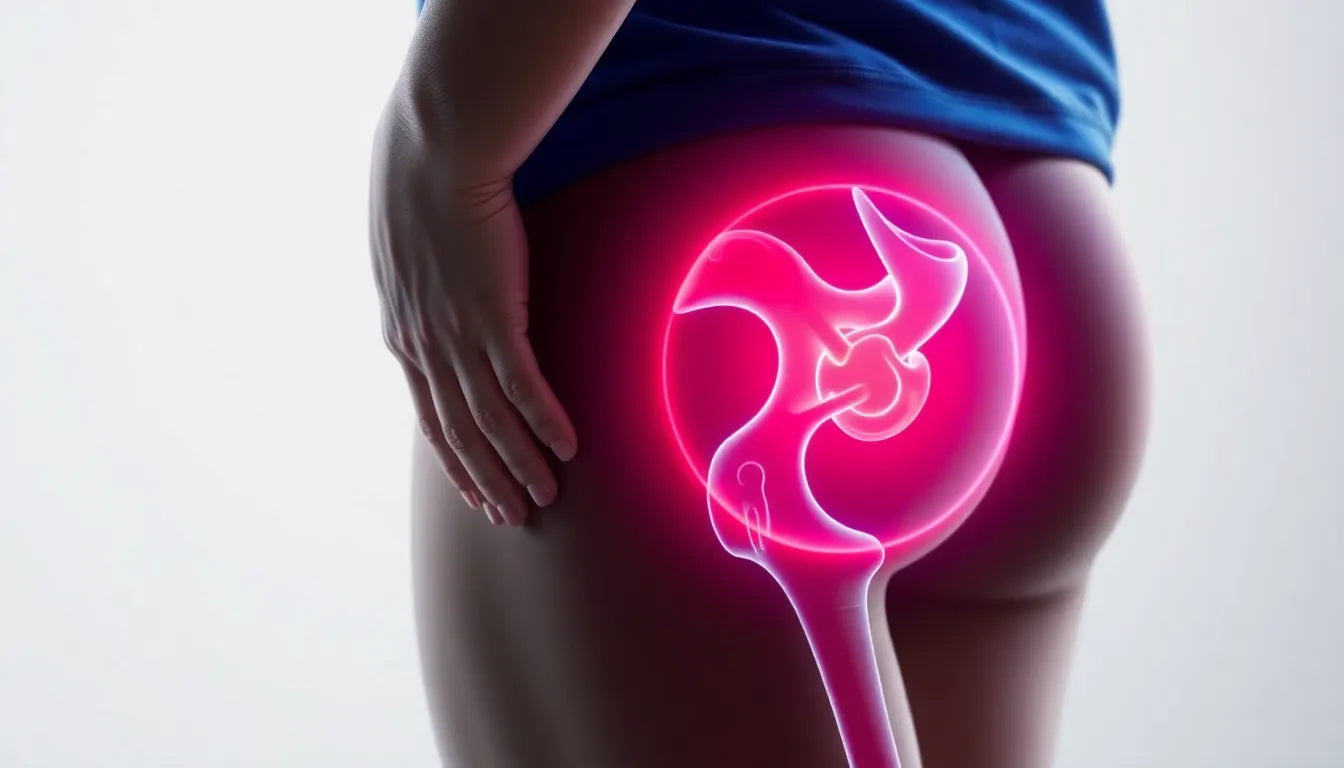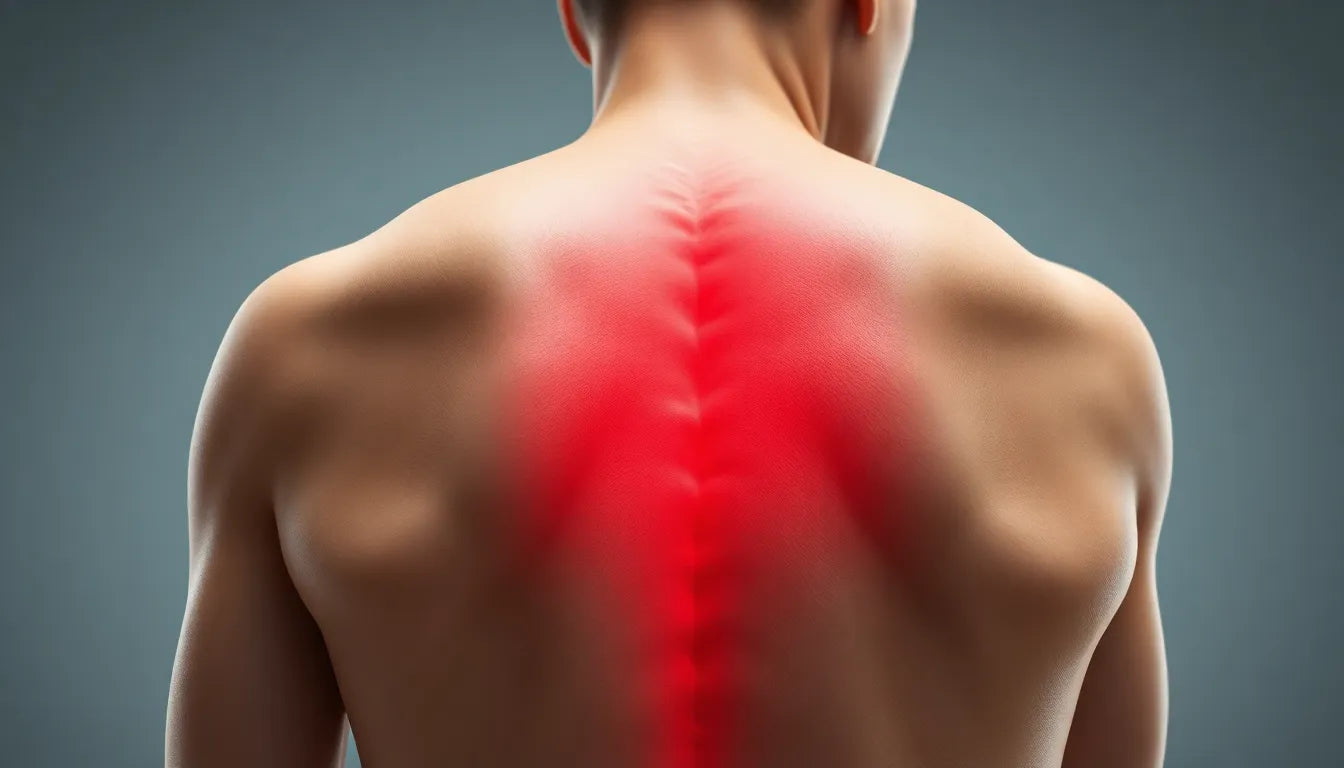Knee pain on the outer side is a common issue, particularly among those who engage in repetitive physical activities such as running and cycling. This discomfort, often linked to overuse injuries, can significantly impact one's ability to maintain an active lifestyle. One of the most prevalent causes of this pain is a condition known as *løberknæ*, or iliotibial band syndrome (ITBS). This condition arises when the iliotibial band, a thick band of tissue running from the hip to the outer side of the knee, becomes irritated due to repetitive motion.
Understanding løberknæ and its impact
Løberknæ is a condition that predominantly affects athletes and active individuals. The repetitive bending and straightening of the knee during activities like running and cycling can lead to friction between the iliotibial band and the knee joint, causing irritation and inflammation. This irritation is not only painful but can also lead to swelling and tenderness on the outer side of the knee, making it difficult to continue with regular physical activities.
The impact of løberknæ extends beyond just physical discomfort. For athletes, it can be a significant obstacle, hindering performance and progress. The pain can disrupt training schedules, leading to decreased performance levels and potentially causing long-term damage if not addressed promptly. For non-athletes, this pain can interfere with daily activities, making simple tasks like walking or climbing stairs a challenge.
Addressing knee pain on the outer side is crucial for anyone looking to maintain an active lifestyle. Early recognition and treatment can prevent further injury and ensure that individuals can continue to engage in their preferred activities without interruption. Understanding the symptoms and causes of løberknæ is the first step in managing this condition effectively.
By recognizing the signs of løberknæ and taking appropriate action, individuals can alleviate pain and prevent further complications. This involves not only addressing the immediate symptoms but also implementing long-term strategies to strengthen the knee and improve flexibility. With the right approach, it's possible to overcome the challenges posed by knee pain on the outer side and continue to enjoy an active, healthy lifestyle.
Causes of smerter på ydersiden af knæet
Understanding the underlying causes of knee pain on the outer side is crucial for effective management and prevention. The primary cause, often referred to as løberknæ or iliotibial band syndrome (ITBS), involves the irritation and inflammation of the iliotibial band. This condition is particularly prevalent among runners and cyclists due to repetitive knee movements. However, several risk factors can exacerbate this condition, such as improper training techniques, inadequate footwear, and sudden increases in physical activity intensity.
In addition to løberknæ, other potential causes of outer knee pain include acute injuries like lateral ligament sprains, arthritic conditions, and Baker's cyst. These conditions, although less common, can present similar symptoms and should be considered during diagnosis. For instance, lateral ligament sprains occur due to sudden twisting motions, whereas arthritic conditions may present with chronic pain and swelling. A comparison of these causes can help in identifying the specific issue affecting an individual.
Symptoms and diagnosis of outer knee pain
Recognizing the symptoms of knee pain on the outer side is the first step towards effective treatment. Common symptoms include pain during or after physical activities, swelling, and discomfort that may radiate towards the hip. In some cases, individuals may experience night pain, which could indicate underlying arthritic conditions. It's essential to pay attention to these symptoms and seek appropriate medical advice if they persist.
Diagnosis of outer knee pain typically involves a combination of physical examinations and imaging techniques. A healthcare professional may assess the range of motion, tenderness, and swelling around the knee. Imaging techniques such as X-rays or MRIs may be used to rule out other conditions and confirm the diagnosis of løberknæ or other potential causes. Early diagnosis is crucial for implementing effective treatment strategies and preventing further complications.
Treatment options for knee pain on the outer side
Addressing knee pain effectively requires a combination of immediate relief measures and long-term treatment strategies. For immediate relief, rest, ice application, and elevation can help reduce inflammation and alleviate pain. Over-the-counter pain medications may also provide temporary relief. However, these measures alone are often insufficient for long-term recovery.
Long-term solutions focus on rehabilitation and prevention. Physical therapy plays a vital role in strengthening the muscles around the knee and improving flexibility. Specific exercises targeting the iliotibial band can help alleviate tension and prevent recurrence. Additionally, ergonomic aids and supportive gear, such as knee braces and insoles, can provide stability and support during physical activities.

37 exercises collected in the ultimate exercise book
Expert-selected exercises to improve strength, mobility, and support injury relief and rehabilitation.
In cases where conservative treatments are ineffective, corticosteroid injections may be considered to reduce inflammation and pain. However, these should be used judiciously and under medical supervision. It's essential to consult with a healthcare professional to determine the most appropriate treatment plan tailored to individual needs and conditions.
Overall, managing knee pain on the outer side requires a comprehensive approach that addresses both immediate symptoms and underlying causes. By implementing effective treatment strategies and making necessary lifestyle adjustments, individuals can alleviate pain, prevent further complications, and maintain an active, healthy lifestyle.
Preventive measures and lifestyle adjustments
To effectively manage and prevent smerter på ydersiden af knæet, incorporating preventive measures and lifestyle adjustments is essential. Regular exercise and proper training techniques play a crucial role in strengthening the knee and reducing the risk of recurrence. Engaging in exercises that focus on the muscles surrounding the knee, particularly the quadriceps and hamstrings, can enhance stability and support.
Exercise and training tips
Incorporating a well-rounded exercise routine is vital for maintaining knee health. Consider activities such as swimming or cycling, which are low-impact and help build endurance without placing undue stress on the knees. Additionally, incorporating strength training exercises like leg presses, lunges, and squats can improve muscle support around the knee. Always ensure to warm up adequately before engaging in any physical activity to prevent injuries.
Ergonomic and supportive aids
Utilizing ergonomic aids can also be beneficial in managing and preventing knee pain. Knee braces or compression sleeves can provide additional support during activities, helping to stabilize the joint and reduce strain. Custom orthotics or insoles can correct foot alignment issues, which may contribute to knee pain. These aids, combined with appropriate footwear, can significantly enhance comfort and prevent further injury.

ActivePosture® Shirt for men
Supports your posture with gentle tension, designed for comfort and daily wear.
Case studies and professional advice
Several individuals have successfully managed their smerter på ydersiden af knæet through a combination of professional guidance and self-care. For instance, Maria, a long-distance runner, found relief by working with a physiotherapist who designed a personalized exercise program focusing on strengthening her hip and thigh muscles. By adhering to this regimen and incorporating rest periods, Maria was able to return to her training routine pain-free.
Professional advice is invaluable in tailoring treatment plans to individual needs. Consulting with healthcare providers ensures that the chosen strategies address the specific causes and symptoms of knee pain, promoting effective recovery and prevention.
Frequently Asked Questions
What is løberknæ, and how can I identify it?
Løberknæ, or iliotibial band syndrome (ITBS), is a condition characterized by pain on the outer side of the knee. Common symptoms include pain during or after activities like running or cycling, swelling, and discomfort that may extend towards the hip. If you experience these symptoms, it's advisable to seek professional evaluation for an accurate diagnosis.
Can løberknæ heal on its own?
In many cases, løberknæ can improve with rest and proper care. However, professional treatment can expedite recovery and prevent recurrence. Engaging in physical therapy, adhering to recommended exercises, and making necessary lifestyle adjustments can significantly enhance healing.
How can I prevent knee pain in the future?
Preventing future knee pain involves maintaining a balanced exercise routine, using proper equipment, and incorporating ergonomic practices. Regularly stretching and strengthening the muscles around the knee, wearing appropriate footwear, and using supportive aids when necessary can help maintain knee health.
When should I see a doctor for knee pain?
If knee pain persists despite rest and home treatments, or if you experience significant swelling, inability to bear weight, or instability, it's crucial to seek medical attention. A healthcare professional can provide a thorough evaluation and recommend appropriate interventions to address the issue effectively.


















